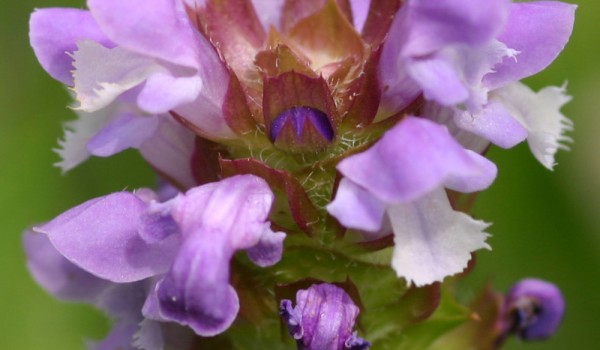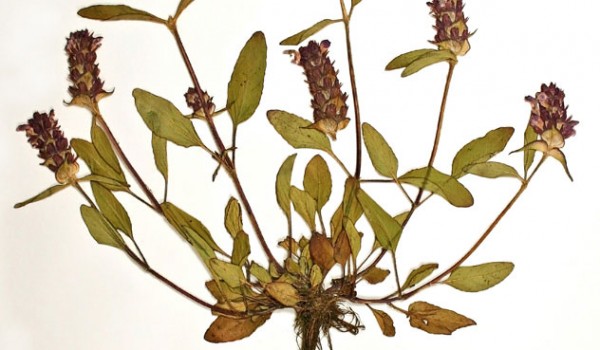Mint (Lamiaceae)
Selfheal
Prunella vulgaris L.The flowers of this perennial have no obvious floral scent, and attract bees, small butterflies, moths, and skippers. Some moth larvae eat the leaves, but mammalian herbivores do not like their bitter taste. Plants have been used for medicinal purposes, widely as a remedy for throat illnesses. They prefer disturbed sites, sometimes becoming weedy. Seeds are flung from their fruits when rain hits the calyx tube, causing it to spring back.
Flower Colour:
- Purple
Flowering Season:
- Spring
- Summer
- Fall
Flowering Months:
- August
- July
- June
- May
- September
Canadian Rarity Status:
Not rare. Listed as “may be at risk” in Saskatchewan and the Yukon.
Physical Appearance:
Unbranched, solitary or clustered stems grow 10-50 cm tall, are hairy, and 4-sided. The opposite leaves are lance to oval-shaped with smooth to bluntly-toothed edges. Tubular flowers occur in a dense terminal spike above the upper leaves. Each one is hairy inside, and divided into an upper, hood-like lip and a lower, fringed, 3-lobed lip. Fruits (four nutlets) are clustered together inside the persistent, dark green to purplish, hairy calyx.
Similar Species:
Marsh Hedge-nettle (Stachys pilosa Nutt.)
Gardening Notes:
Seeds and/or plants may be available from greenhouses and seed supply companies specializing in native plants. Plants are a good addition to prairie gardens.
Canadian Distribution:
- Alberta
- British Columbia
- Manitoba
- New Brunswick
- Newfoundland/Labrador
- Nova Scotia
- Ontario
- Prince Edward Island
- Quebec
- Saskatchewan
- Yukon
Prairie Types:
- Fescue Prairie
- Tall Grass Prairie
Habitats:
- Forests
- Prairies
Moisture Conditions:
- Moderate
- Moist
Light Preference:
- Full Sun
- Part Shade
Soil Preference:
- Loam
- Organic
Associated Pollinators:
-
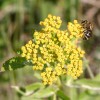 Andrenid Bees, Miner/Digger Bees (Andrenidae)
Andrenid Bees, Miner/Digger Bees (Andrenidae)
-
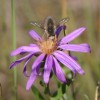 Bee Flies (Bombyliidae)
Bee Flies (Bombyliidae)
-
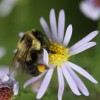 Bumble, Honey, and other Bees (Apidae (Subfamily Apinae))
Bumble, Honey, and other Bees (Apidae (Subfamily Apinae))
-
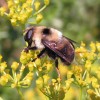 Flower Flies (Syrphidae)
Flower Flies (Syrphidae)
-
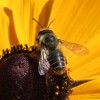 Leafcutter and Mason Bees (Megachilidae)
Leafcutter and Mason Bees (Megachilidae)
-
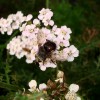 Parasitic Flies (Tachinidae)
Parasitic Flies (Tachinidae)
-
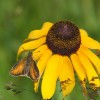 Skippers (Hesperiidae)
Skippers (Hesperiidae)
-
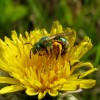 Sweat Bees, Halictid Bees and other Bees (Halictidae)
Sweat Bees, Halictid Bees and other Bees (Halictidae)
-
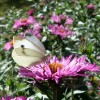 Whites, Sulfurs, Orangtips, Marbles (Pieridae)
Whites, Sulfurs, Orangtips, Marbles (Pieridae)






